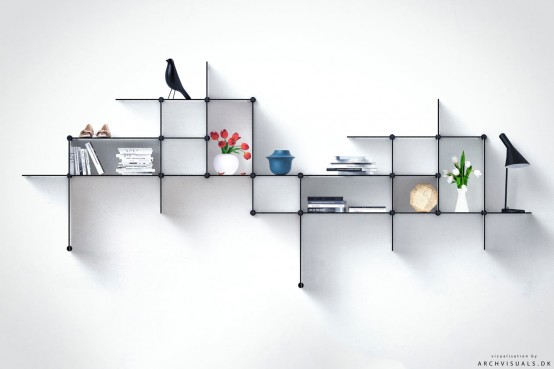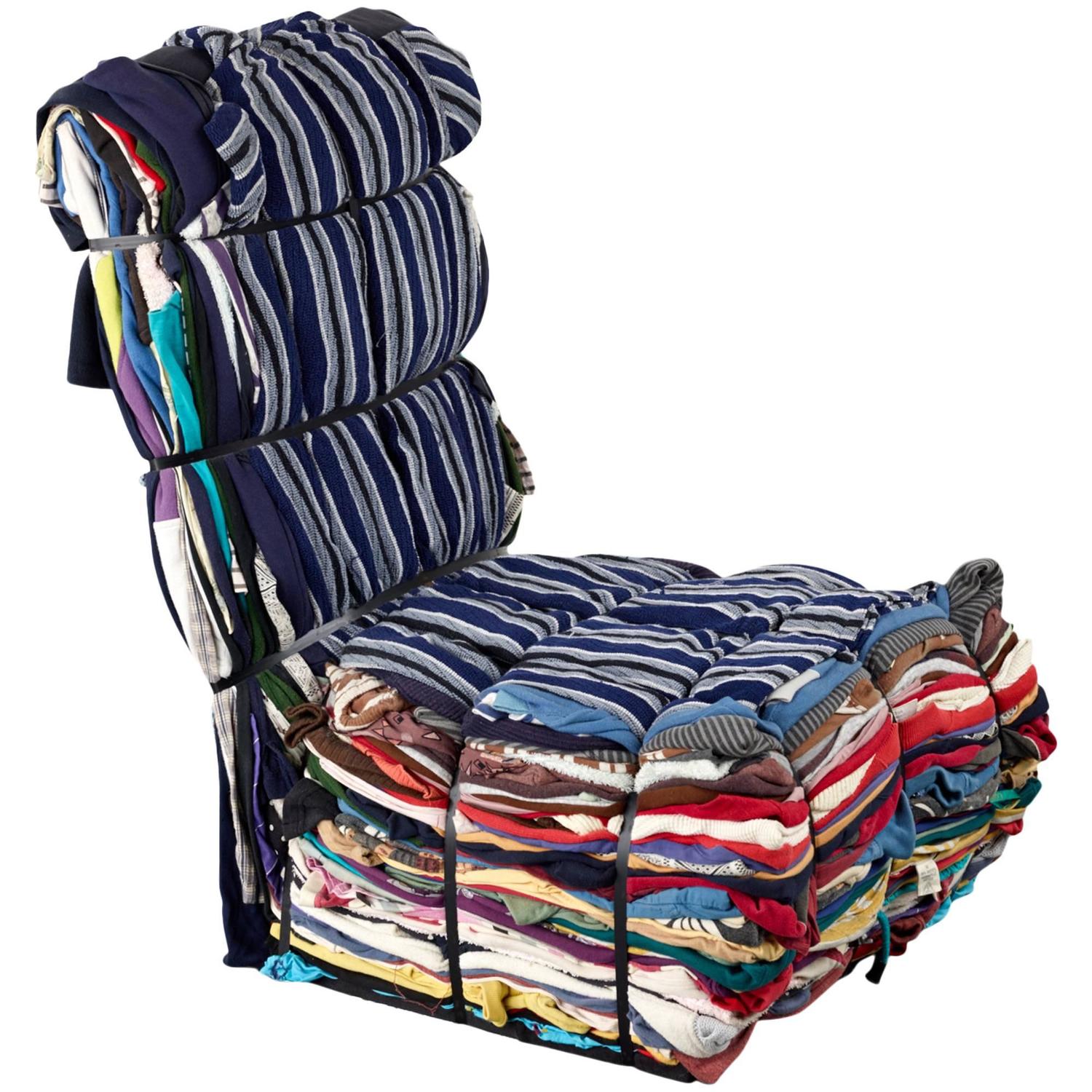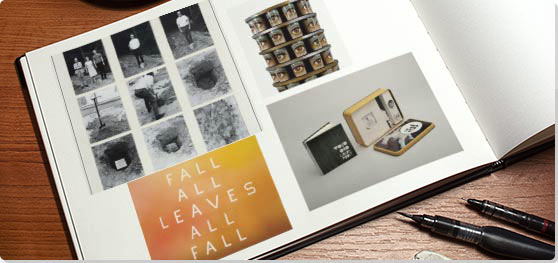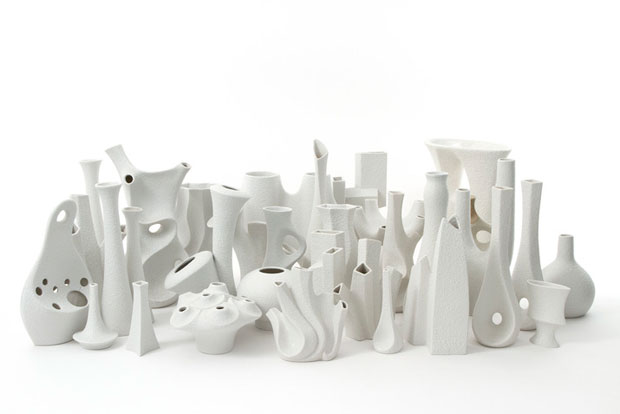SUPER NORMAL
Originating from the need to rebel against the cautiously aesthetic, Super Normal designs, which emerged from the 2000s, are derived from the exasperation of neo-modernist artists, proclaiming their fatigue in the constant need to appreciate the aesthetics of an object without considering its utility.
As defined by Silvana Annichiarico, Super Normal design refers to the “absence of style, originality and remarkability”. There is also the “ambivalence of contradictory qualities of extraordinary ordinariness”. In other words, the design should look completely lacking, and look as though it could be designed by anyone.
Founded by Naoto Fukasawa and Jasper Morrison, Super Normal design consists designs which are “less concerned with its visual aspects” (Morrison, 2006); it is pure and extremely ordinary. They also ‘measure up to the reality of everyday life.’ (Morrison, 2006) Everything that is designed is purely functional and does not have any additional aesthetics to it other than the elements required for it to function. In other words, eliminating a part of the object would cease its supposed function.
An apt example would be a set of early 1900s wine glasses purchased by Morrison for just a few euros. He mentions that “At first it was just their shape that attracted my attention… but slowly, using them every day, I noticed their presence in other ways. If I use a different type of glass, for example, I feel something is missing in the atmosphere of the table.” (Morrison, 2006)
The Industrial Revolution in the 1970s caused a great stir in the artistic designs that were revered, as well as re-evaluated the practicality of art creation when it came to a time of struggles for mass production. The rise in consumer demand meant that there was no time to treasure the intricate delicacies of detailed art; rather, objects with uniform designs were prioritized.
While its predecessors, Minimalism (1960s-1970s) and Neo-conceptualism (1980s-1990s) defied the artistic norm of being detailed and organized by being either extremely lacking in details or being anti-conventional, they still paid attention to how their aesthetics matched the theme they were trying to create.
For Minimalism, it was its clean, streamlined and muted designs which created soft impressions, forming a new art style. For Neo-conceptualism, it was its absurdity in designing and defiance of common sense which proved to be an identifier for its art style. Super Normal design, served as a bridge for these two concepts, along with conceptual art and Droog designs.
However, Super Normal was so normal and brand-less that its negated need for an art style essentially became its own identifier of a newly established art style. It embraces the idea of “Form follows function” where the importance of function precedes its form and reconciles its design through polishing by experience.
Super Normal designs are created not by things (material) or sight but by phenomena and experience, forming a sort of spiritual quality to its existence. It responds in changes of form, so much so that it becomes so familiar in its experience. Over time, this familiarity creates a Super Normal radiance which can only be appreciated when its bare function is being evaluated for all to see. In a sense, expression overwhelms the function.
There is also the idea of anti-vanity, where an object can be intentionally misused because it is so functional and basic that it can be used for so many other intentions. The lack of details and aesthetic needs of a Super Normal design also qualifies it as an anti-vain design.
A well-known inspiration for Super Normal art is mingei, which is known as “anonymous” art. It is a Japanese Folk Craft movement which strives to “challenge society’s narrow definition of art” (TOKI, 2016). Traditionally, it is commonly thought that art should only be aesthetic and produced by artisans, and should not be considered for its functionality. However, mingei broke this tradition by focusing on everyday objects produced by the average person, opposing the fine arts produced by professionals. It is also deemed a response to Japan’s rapid industrialization, as mentioned earlier; it elevates the idea of mass production by the common people, preserving cultural and historical roots in these handmade products.
However, it is to be noted that the idea of Super Normal design may be context-sensitive; while the design of a simple chair may seem absolutely normal and functional to one person, it may be considered more aesthetic than functional for another person. The culture of a person may also affect their perceptions of whether an object is perceived to be more aesthetic or more functional.
Let us take the above image as an example. The different chair designs were part of a Super Normal design series by Jasper Morrison. With its various designs, one can say that they are not exactly Super Normal due to their being aesthetic. However, to others, it may be too simple or basic for them to think that it can still be minimalized. Then again, we can mostly agree that the main function of these chairs would not exist once you remove a part of it from its construction.
In conclusion, the industrial revolution did play a big part in influencing the change in trends of art styles from its detailed, elaborated designs to designs that went against the norm. The rise of unconventional, experimental designs such as droog, conceptual art, neo-conceptual art and minimalism also gave rise to Super Normal designs, which fostered a new priority towards function rather than aesthetics. Abiding its rule about how function precedes its form, Super Normal designs remain unconsciously embedded in our daily lives, serving us so practically that it becomes a natural necessity in our lives.
Bibliography:
Domus. naoto+jasper= supernormal. July 2006. domusweb. Retrieved from https://www.domusweb.it/en/design/2006/07/10/naoto–jasper–super-normal.html
Bhan, N. Jasper Morrison and Naoto Fukasawa discuss Super Normal Design. March 2008. Core 77. Retrieved from https://www.core77.com/posts/9326/jasper-morrison-and-naoto-fukasawa-discuss-super-normal-design-9326
Morrison, J. Super Normal 2006. Exhibitions 2000 – 2009. 2006. Retrieved from https://jaspermorrison.com/exhibitions/2000-2009/super-normal
Industrial Revolution Presentation
TOKI. Mingei- The Revival of Japanese Folk Art. December 2016. Retrieved from https://www.toki.tokyo/blogt/2016/12/12/mingei-the-revival-of-japanese-folk-art






/s3/static.nrc.nl/bvhw/files/2017/09/data19540606-ee35f6.jpg)





